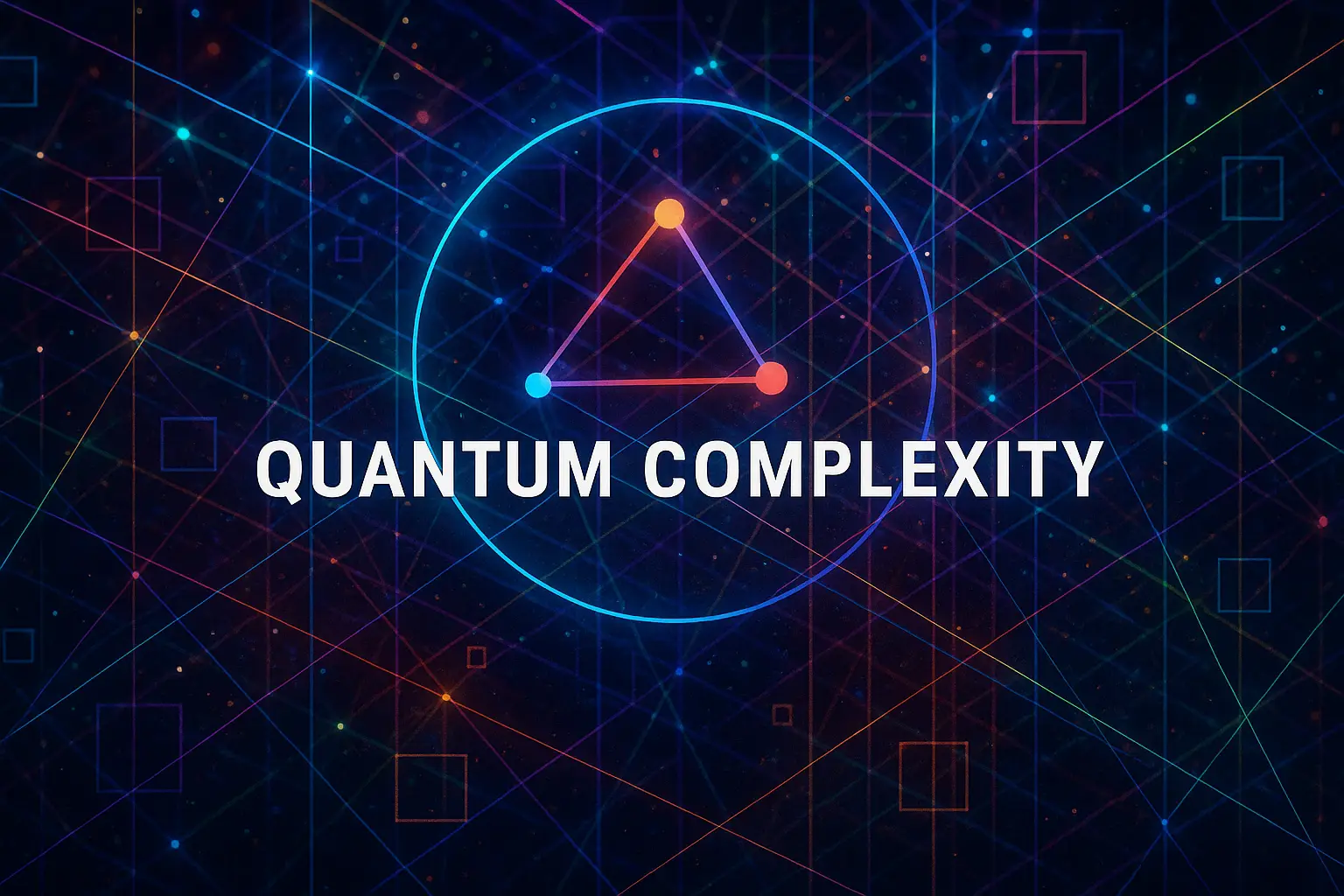Table of Contents
- Introduction
- What Are Sampling Problems?
- Importance of Sampling in Complexity Theory
- Classical vs Quantum Sampling Models
- Boson Sampling: Basic Concept
- Theoretical Foundation by Aaronson and Arkhipov
- Matrix Permanents and Complexity
- Gaussian Boson Sampling
- Scattershot Boson Sampling
- Experimental Requirements
- Photon Sources and Indistinguishability
- Interferometers and Optical Circuits
- Detection and Readout Techniques
- Early Experiments in Boson Sampling
- Jiuzhang and Photonic Supremacy
- Classical Hardness Assumptions
- Verification and Validation Challenges
- Noise, Errors, and Scalability
- Alternative Sampling Models in Quantum Computing
- Conclusion
1. Introduction
Sampling problems lie at the heart of demonstrating quantum advantage. Rather than solving a decision or search problem, sampling tasks ask for generating outcomes from specific probability distributions, which are believed to be intractable for classical computers under realistic constraints.
2. What Are Sampling Problems?
A sampling problem requires generating samples from a target distribution. Quantum sampling problems often involve output distributions of quantum circuits or physical systems, and are believed to be computationally hard to simulate classically.
3. Importance of Sampling in Complexity Theory
Sampling problems relate to complexity classes like BPP, BQP, and #P. Hardness of sampling connects to derandomization, collapse of the polynomial hierarchy, and the difficulty of computing matrix permanents.
4. Classical vs Quantum Sampling Models
Classical samplers are typically randomized algorithms, while quantum samplers use quantum interference, entanglement, and measurement collapse to produce samples from distributions not classically accessible in polynomial time.
5. Boson Sampling: Basic Concept
Boson sampling is a restricted model of quantum computation where indistinguishable photons are sent through a linear optical network and the output distribution is sampled via photon detectors. It’s not universal for quantum computing but believed to be hard to simulate classically.
6. Theoretical Foundation by Aaronson and Arkhipov
In 2011, Aaronson and Arkhipov showed that exact boson sampling with 50+ photons would be classically intractable under standard complexity assumptions. They linked the output probabilities to matrix permanents, a #P-hard problem.
7. Matrix Permanents and Complexity
The probability amplitude for a given boson sampling output is proportional to the permanent of a submatrix of the unitary matrix describing the interferometer. Computing matrix permanents is #P-complete, making even approximate simulation difficult.
8. Gaussian Boson Sampling
An extension of standard boson sampling, this method uses Gaussian input states (e.g., squeezed vacuum states) and measures correlation functions of photon-number outcomes. It has different computational properties but is also classically hard.
9. Scattershot Boson Sampling
Scattershot boson sampling increases experimental feasibility by using many potential photon sources and selecting only those that fire simultaneously. It helps bypass the challenge of deterministic single-photon generation.
10. Experimental Requirements
Key components include:
- High-fidelity indistinguishable single-photon sources
- Lossless and stable interferometers
- Photon-number-resolving detectors
- Synchronized triggering and measurement systems
11. Photon Sources and Indistinguishability
Photons must be spectrally, temporally, and spatially indistinguishable. Spontaneous parametric down-conversion (SPDC) is widely used but probabilistic. Quantum dots offer deterministic alternatives.
12. Interferometers and Optical Circuits
Interferometers implement the linear optical transformations. These must be stable, low-loss, and capable of implementing Haar-random unitaries for general-purpose sampling.
13. Detection and Readout Techniques
Efficient detection requires:
- Number-resolving photon detectors (e.g., TES, SNSPDs)
- Low dark count rates
- Fast timing resolution
Readout speed and reliability are crucial for sampling fidelity.
14. Early Experiments in Boson Sampling
Initial boson sampling demonstrations used 3–5 photons in integrated photonic chips. These were proof-of-concept but lacked scalability. Gradual improvements led to higher photon counts and better indistinguishability.
15. Jiuzhang and Photonic Supremacy
China’s Jiuzhang photonic quantum computer achieved Gaussian boson sampling with up to 144 modes and 76 photons, claiming quantum supremacy. The sampling task was estimated to be infeasible on classical supercomputers.
16. Classical Hardness Assumptions
Boson sampling’s hardness depends on assumptions like:
- The permanent-of-Gaussians conjecture
- Anti-concentration of output probabilities
- No collapse of the polynomial hierarchy
Violations of these could weaken its complexity foundations.
17. Verification and Validation Challenges
Unlike decision problems, verifying the correctness of quantum samples is hard. Techniques include cross-entropy benchmarking, likelihood estimation, and comparing with classical sub-simulations.
18. Noise, Errors, and Scalability
Photon loss, mode mismatch, and detector errors degrade sampling fidelity. As photon number increases, maintaining indistinguishability and optical circuit quality becomes increasingly challenging.
19. Alternative Sampling Models in Quantum Computing
Other models include:
- IQP (Instantaneous Quantum Polynomial-time)
- Random circuit sampling
- QAOA sampling
These offer different trade-offs between theoretical guarantees and experimental accessibility.
20. Conclusion
Boson sampling represents a powerful but specialized method for demonstrating quantum computational advantage. While limited in general-purpose computing, it advances our understanding of quantum complexity and sets benchmarks for photonic quantum technologies.


